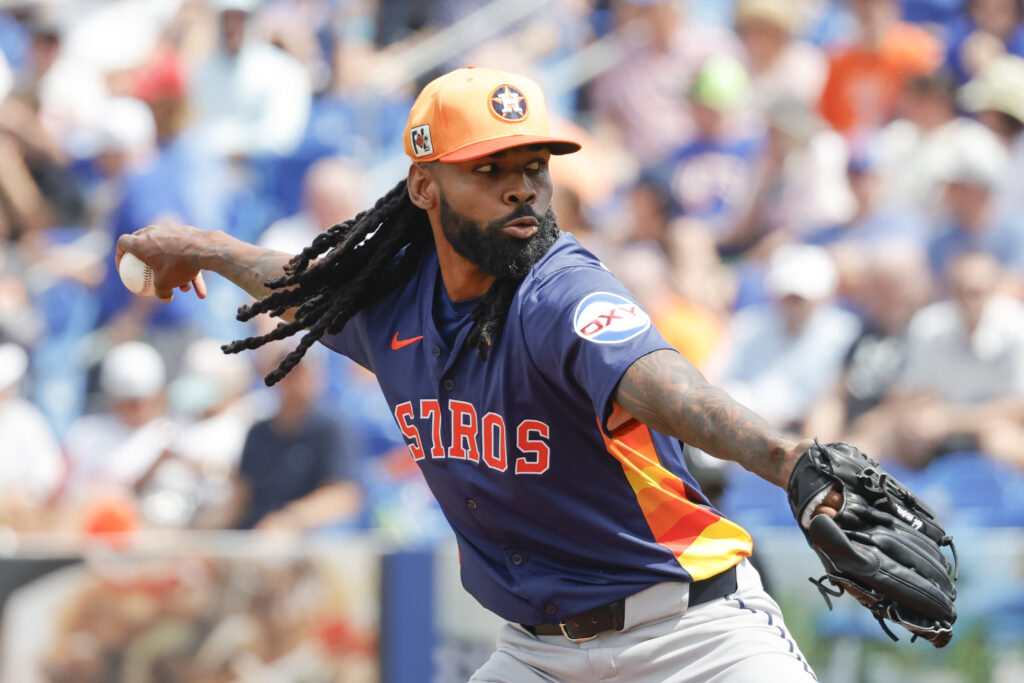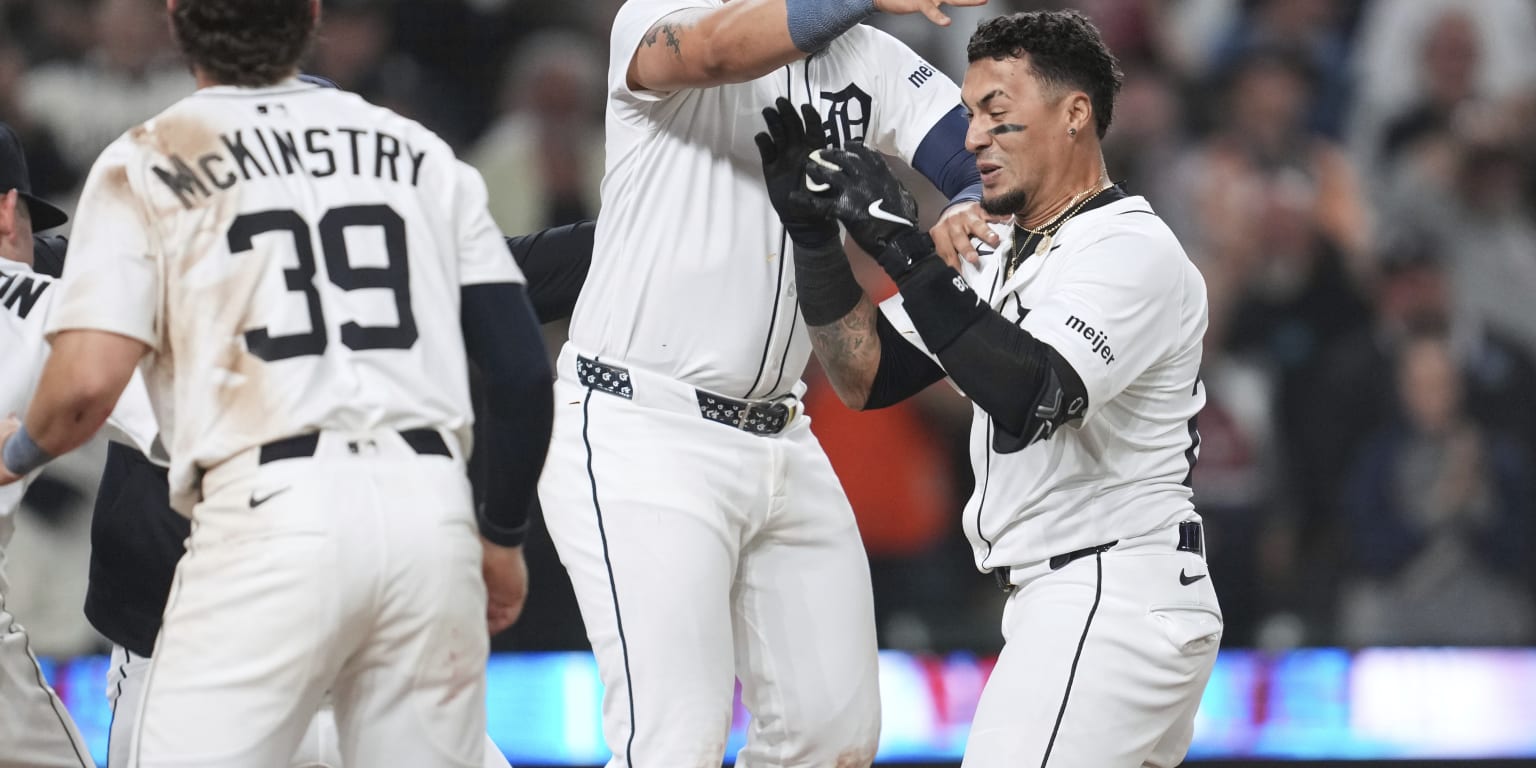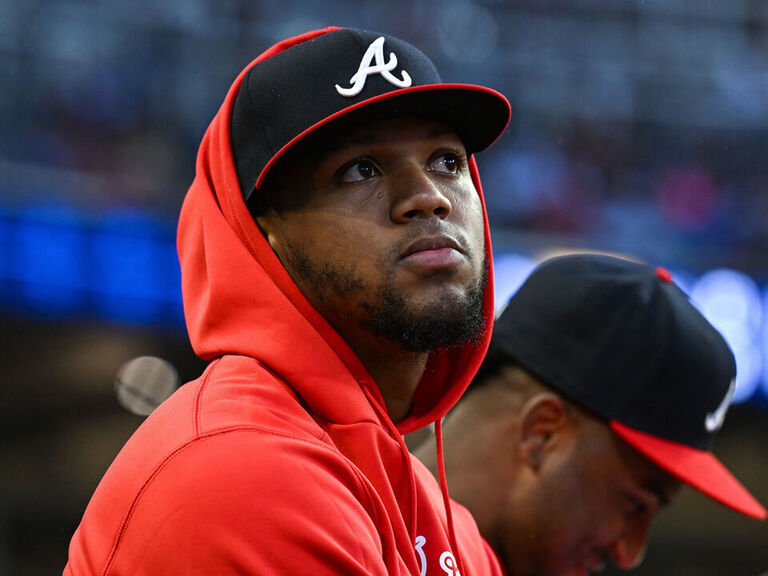
May 16: The White Sox announced the trade. However, rather than the cash considerations indicated by Brown, the Sox announced that they’re sending international bonus pool space back to Houston in the swap. Pool space must be traded in $250K increments unless a team is emptying out a bonus pool that has under $250K remaining (in which case the entire remainder is sent).
Given the Sox’ position and long-term outlook, it seems likely that they’re sending at most $250K or perhaps that they had less than that amount remaining. Notably, no actual cash changes hands when pool space is traded. The Astros are simply acquiring the right to spend an additional block of cash on international amateur free agents.
May 15: The White Sox are acquiring right-hander Miguel Castro from the Astros, reports Robert Murray of FanSided. Astros general manager Dana Brown tells Chandler Rome of The Athletic that Houston receives cash considerations in return.
Castro, 30, signed a minor league deal with the Astros in the offseason. He has since pitched 19 2/3 innings at the Triple-A level with a 2.29 earned run average. His 10.1% walk rate is a tad high but he’s striking out 25.3% of opponents while getting grounders on 44% of balls in play.
Despite those solid numbers, it seems the Astros weren’t planning to call him up, so they’ve traded him instead. Per Ari Alexander of KPRC 2, Castro’s deal had an upcoming opt-out date on June 3rd.
The White Sox are rebuilding and don’t have a strong relief group. Collectively, their bullpen has a 4.42 ERA, putting them in the bottom third of major league teams. Given that they are 14-30 and at the bottom of the American League standings, they presumably plan to install Castro into the bullpen and see if he can pitch his way into being a midseason trade candidate. Assuming they plan to call him up before his opt-out, they will need to open a 40-man spot for him.
Castro has occasionally been a useful pitcher in the big leagues, though with declining results in recent seasons. His ground ball rate has been fairly consistently near 50% and his walk rate has usually been a bit higher than average. The strikeouts have been high at times but there’s been a clear downward trend. He peaked at 33% in 2020 but that figure dropped to 25.4% in 2021, 23.7% in 2022 and 22.4% in 2023.
Last year, he started with the Diamondbacks but landed on the injured list due to shoulder inflammation in the middle of April. He stayed there for about three months, getting reinstated in July but was released in early August. Around the IL stint, he tossed 13 2/3 innings with a 5.93 ERA and 12.5% strikeout rate in that small sample. Based on his minor league numbers this year, it’s possible he has put the shoulder problems behind him and is back in good form.
Photo courtesy of Reinhold Matay, Imagn Images


